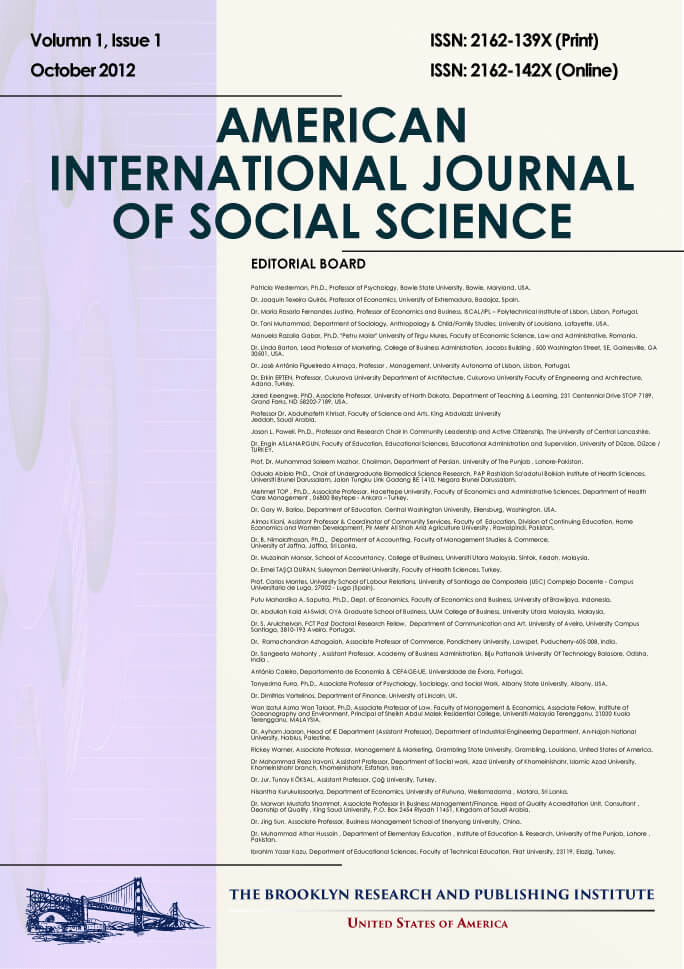Rumor Anxiety in Post-Disaster Tohoku
Michael R. Smith
Abstract
In this article, it will be argued that Social Capital―a conglomerate of factors which make up subjects' social
networks and normsi―was important in the palliation of harmful rumours which appeared in the post-disaster
environment of Ishinomaki City, Japan following the great earthquake and tsunami of 2011. Furthermore, this
research aims to understand what age and gender groups within the Ishinomaki City were most vulnerable to
rumour-related trauma in the interest of providing organizations like local governments, medical organizations,
and NGOs with better models for identifying the mid- to long-term psychological needs of natural disaster
victims. The way in which post-disaster rumours are born and spread, as well as their potential harm, is a subject
thoroughly documented by academics (Danzig E.R., Prasad J., Larsen O.M., Scanlon T., Walker C.J.). However,
this research seeks to differentiate itself from previous studies by using a quantitative model to measure and
subjective levels of anxiety in disaster victims.
Ishinomaki City was chosen for this research based on the fact that it was one of the cities which suffered the
most severe tsunami damage during the 3.11 disaster.ii As a result, recovery in this region has been particularly
prolonged.iii This allowed the researcher to directly observe the community's ongoing recovery over a long period
of time as well as engage in surveys and interviews with the victims. In order to prove that social capital acted as
a mitigating factor in the prevention of the psychological harm caused by post-disaster rumours in Ishinomaki, the
following questions need to be addressed:
Full Text: PDF
American International Journal of Social Science
ISSN 2325-4149(Print), ISSN 2325-4165(Online) DIO: 10.30845/aijss
Visitors Counter
3901560
| 799 | |
| |
1914 |
| |
41054 |
| |
67864 |
| 3901560 | |
| 19 |

